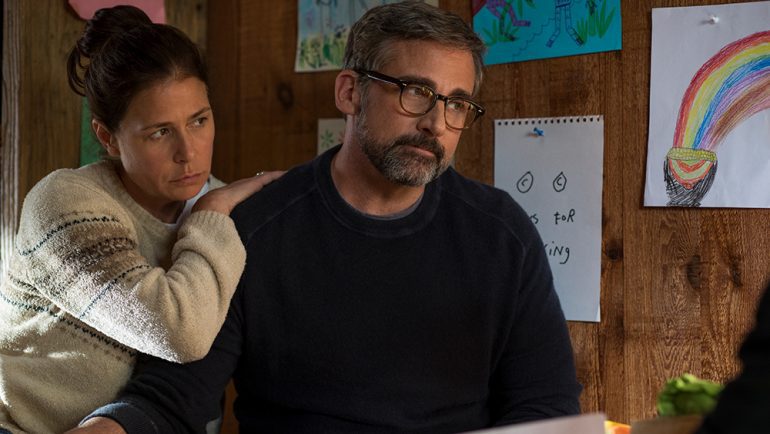Jumping in Time Works for ‘Beautiful Boy’ Storytelling Structure
By Tim Gray
LOS ANGELES (Variety.com) – “Beautiful Boy” uses non-linear storytelling, intercutting frequent flashbacks — sometimes very brief, sometimes longer — in the fact-based tale of a dad (Steve Carell) dealing with his son’s (Timothee Chalamet) drug addiction and rehab.
Director Felix van Groeningen and his editor Nico Leunen have used this method of storytelling for five of the six films they’ve made together. The style is a good match for the story of the Amazon-Plan B film: “The flashbacks are important to show the emotional journey of these characters, to see the unique bond, and to see David questioning himself,” says van Groeningen. “This shows how his memory works and shows their higher highs and lower lows.
“I give Nico a lot of credit for being able to jump around time and not confuse the audience. With the first cut, we had to find the emotional logic that makes sense. Other versions jumped back and forth more, and they didn’t work. So we cut it by trial and error and then when it happens — that’s the magic of moviemaking,” he laughs.
Rehab is by definition cyclical, he says, with progress and relapses. Since the story spans more than three years, it was hard to make sure this wasn’t repetitive. That concern began with the scriptwriting, by the director and Luke Davies, adapting twin autobiographical books from David and Nic Sheff, through to editing and post-production.
Van Groeningen also credits his editor with finding the truth of the story by playing with chronology.
“There is a scene late in the film, with David and Karen [his second wife, played by Maura Tierney] at an an Al-Anon meeting where a woman is talking about her daughter.” Originally, that scene was in a different place but didn’t work, so Leunen wanted to cut it. “I said, ‘It’s too important, we can’t cut it.’ Nico had the genius idea to put it near the end, and it made everything come together. By moving it, everything fell in place.”
Van Groeningen also praises his cinematographer Ruben Impens and production designer Ethan Tobman, who create the increasingly different worlds of David and Nic, with an impressive re-creation of a Marin County house. The first story is a genuine house, while the second story was completely built on a stage. The house changes with small details denoting the passage of time. One example: As things get tougher, Karen works to make the house more colorful.
The director, who is making his English-language debut, praises Tobman as “an incredibly talented artist. For me, it was new to work with a production designer. In Belgium we call them art directors, and they help you find locations. But a production designer has a vision for the whole movie, to assist and guide you. ”
Another subtle example: the film’s distinct rehab centers. In visiting real-life centers, Ethan noted something that he incorporated into the design. “In almost every place, there are people talking, but there are always a lot of empty chairs, which made it just felt so authentic and sad. There are a lot of people seeking help, but there are many more who are staying away.”

